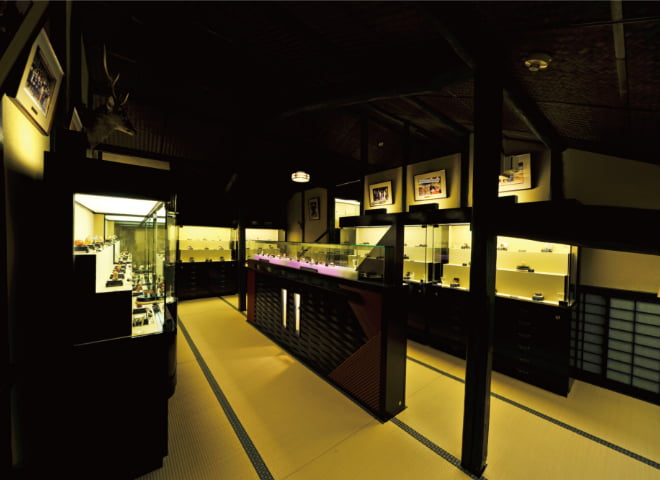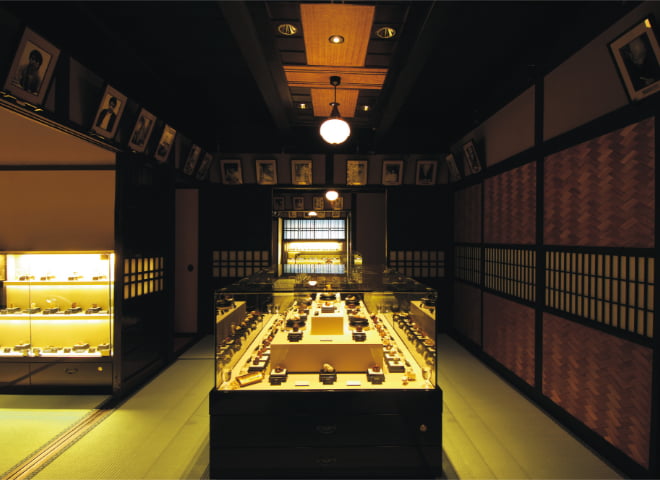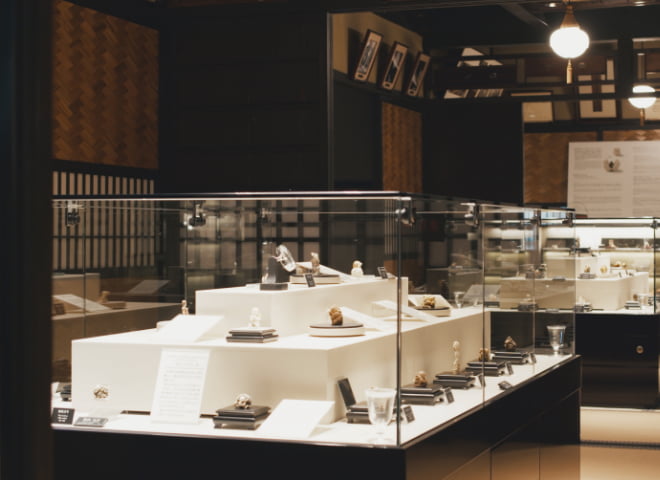
Appreciating Netsuke
Netsuke is a small art form unique to Japan, and is called “netsuke” in every language of the world. The motifs are diverse, including people, animals, plants, inanimate objects, historical events, legends, scenes of theatrical performances such as Noh and Kabuki, deities and monsters. Each one of netsuke enshrines charm such as a wit, a riddle and a story.
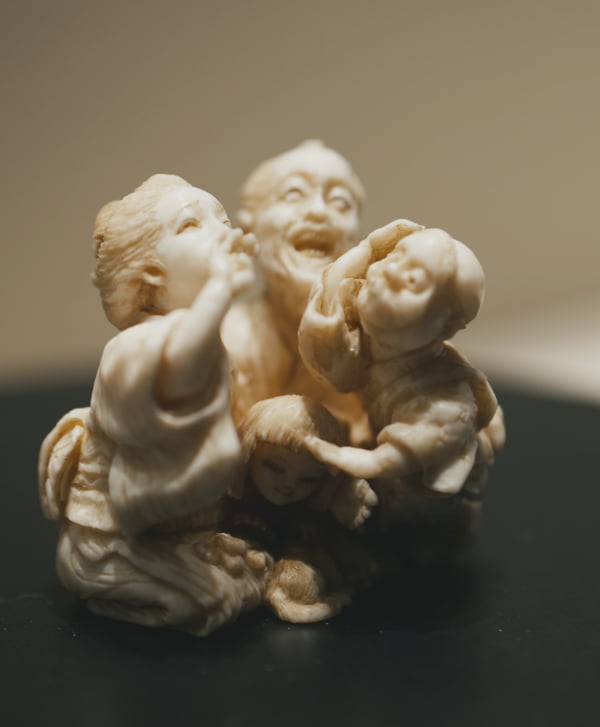
2005
- 2005
- 2024
- 2023
- 2022
- 2021
- 2020
- 2019
- 2018
- 2017
- 2016
- 2015
- 2014
- 2013
- 2012
- 2011
- 2010
- 2009
- Apr. Special Exhibition“Extraordinarily Skillful Sculpture” Holding period:2025/04/01 (Tue.) ~ 2025/04/30 (Wed.)
- May. Special Exhibition“Brilliance of Japanese Lacquer” Holding period:2025/05/01 (Thu.) ~ 2025/05/31 (Sat.)
- Jun. Special Exhibition“Prestige of Goldwork and Inlay” Holding period:2025/06/01 (Sun.) ~ 2025/06/30 (Mon.)
- Jul. Special Exhibition"Brilliance of traditional arts" Holding period:2025/07/01 (Tue.) ~ 2025/07/31 (Thu.)
- Aug. Special Exhibition"Summer Fun for Yokai Monsters" Holding period:2025/08/01 (Fri.) ~ 2025/08/31 (Sun.)
- Sep. Special Exhibition"Samurai and Oiran (courtesans)" Holding period:2025/09/02 (Tue.) ~ 2025/09/30 (Tue.)
- Oct. Festivals and ceremonies Holding period:2025/10/01 (Wed.) ~ 2025/10/31 (Fri.)
- Nov. Netsuke in all their glory Holding period:2025/11/01 (Sat.) ~ 2025/11/30 (Sun.)
- Dec. Netsuke narrating things Holding period:2025/12/01 (Mon.) ~ 2025/12/28 (Sun.)
- Jan. Special Exhibition“Netsuke of Fateful Encounters” Holding period:2025/01/07 (Tue.) ~ 2025/01/31 (Fri.)
- Feb. Special Exhibition“Miraculous Shapes and Appreciation” Holding period:2025/02/01 (Sat.) ~ 2025/02/28 (Fri.)
- Mar. Special Exhibition“Netsuke related to the world of knot” Holding period:2025/03/01 (Sat.) ~ 2025/03/30 (Sun.)
NEWSLETTER
EXHIBITION
From our collection of over 6,000 pieces, we hold a special exhibition every month on a single theme to introduce new attraction of netsuke. Some of the works in the permanent exhibition are replaced every month and all the works in the permanent exhibition are replaced in three months.

ARCHITECTURE
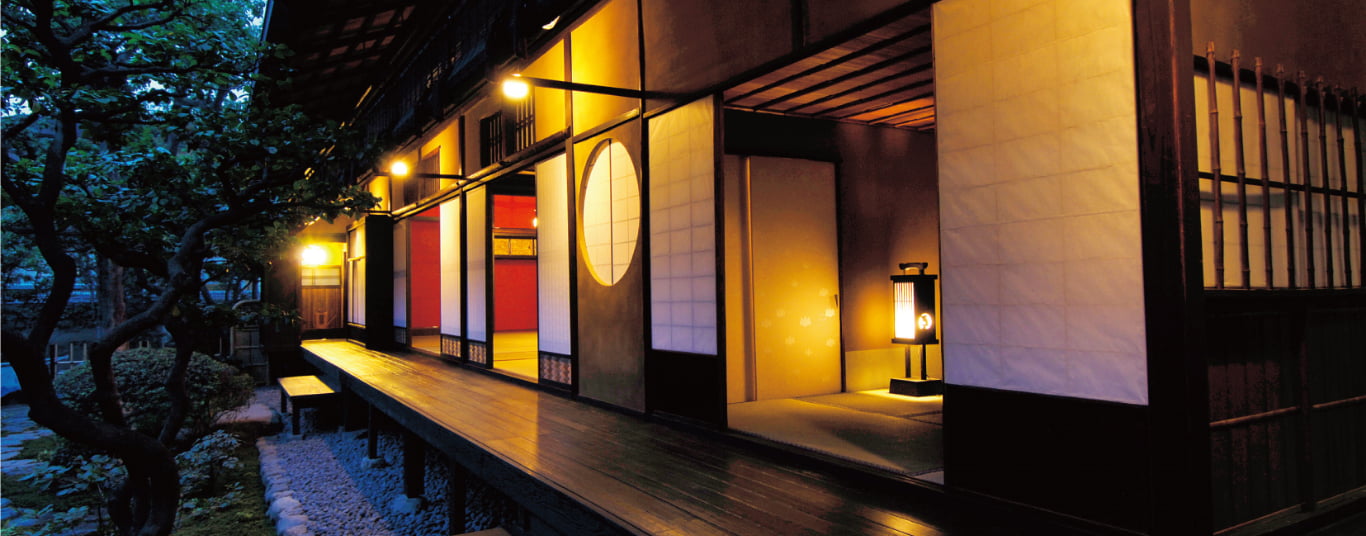
The building of the Kyoto Seishu Netsuke Art Museum is one of the few remaining Kyoto residences of gōshi (samurai with peasant status in peacetime) that combine the characteristics of a samurai residence and a traditional Kyoto townhouse, and is designated as a tangible cultural property by the city.
The museum is located in Mibu, where was the western edge of Kyoto in the Middle Ages. This area is known for that some samurai warriors and their families lived and worked as farmers during the Edo period. The museum was built in 1820 as the residence of the Kanzaki family, one of those samurai families. The building was renovated by utilizing the style of the samurai residence of that time, and the interior, the garden, and the lighting were designed and equipped using the skills of modern Kyoto craftsperson.
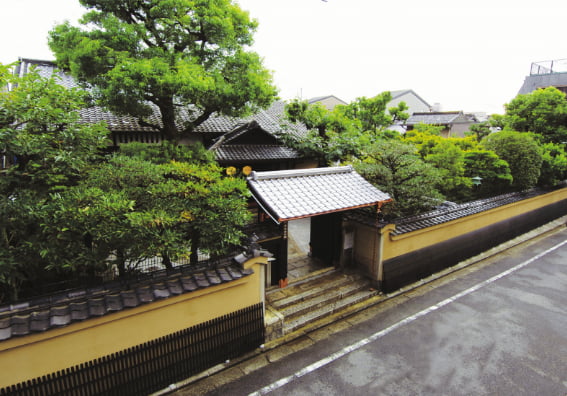



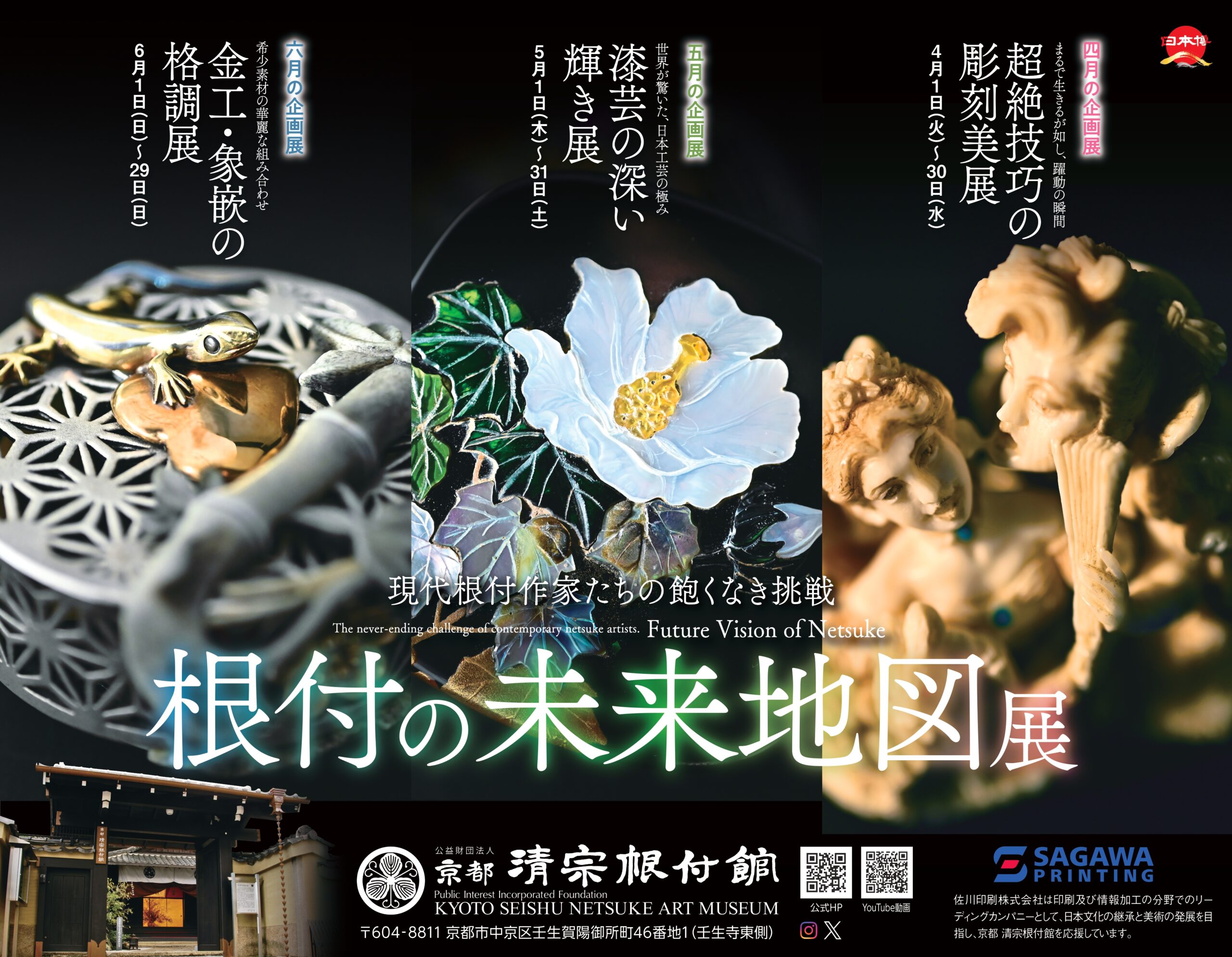
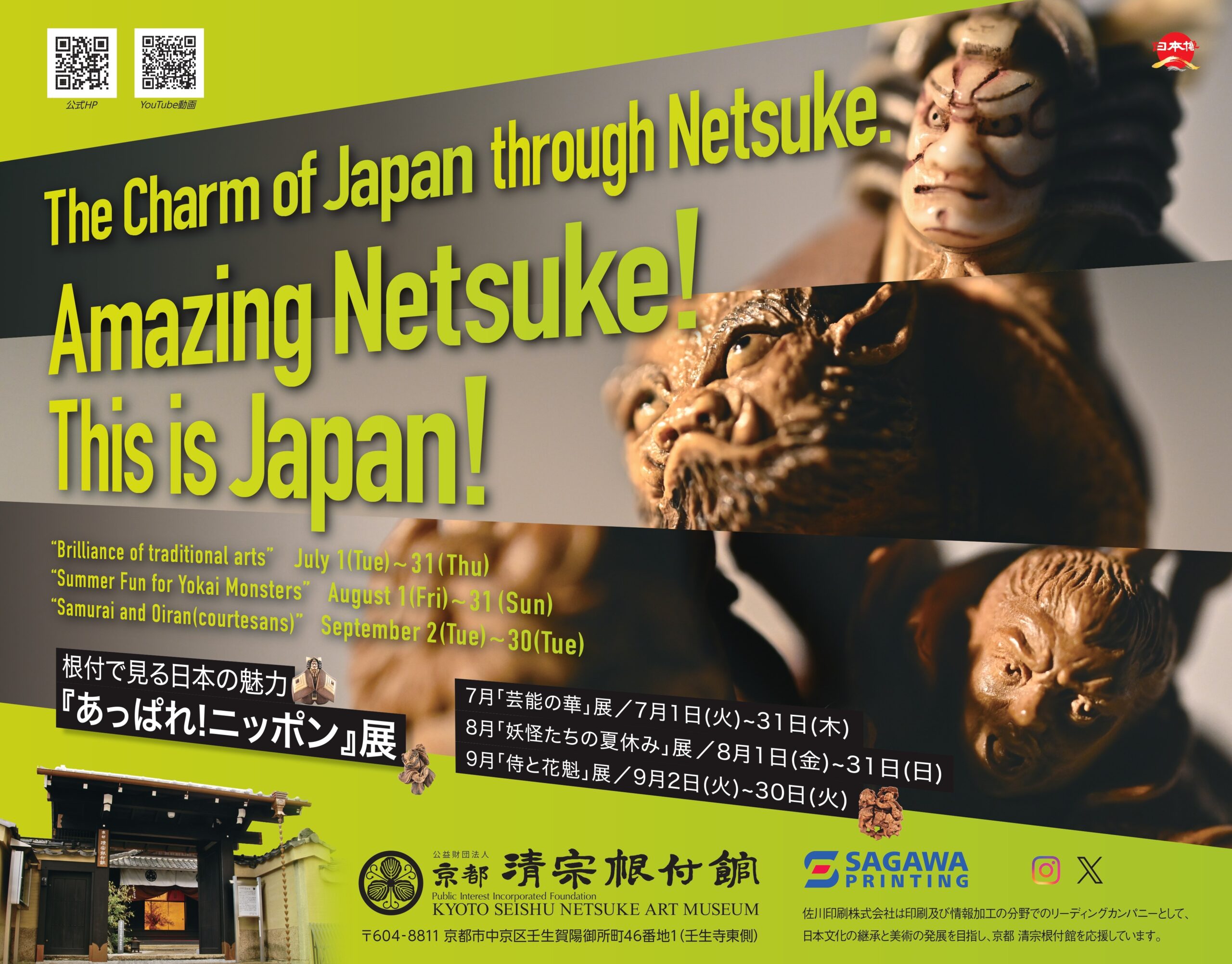
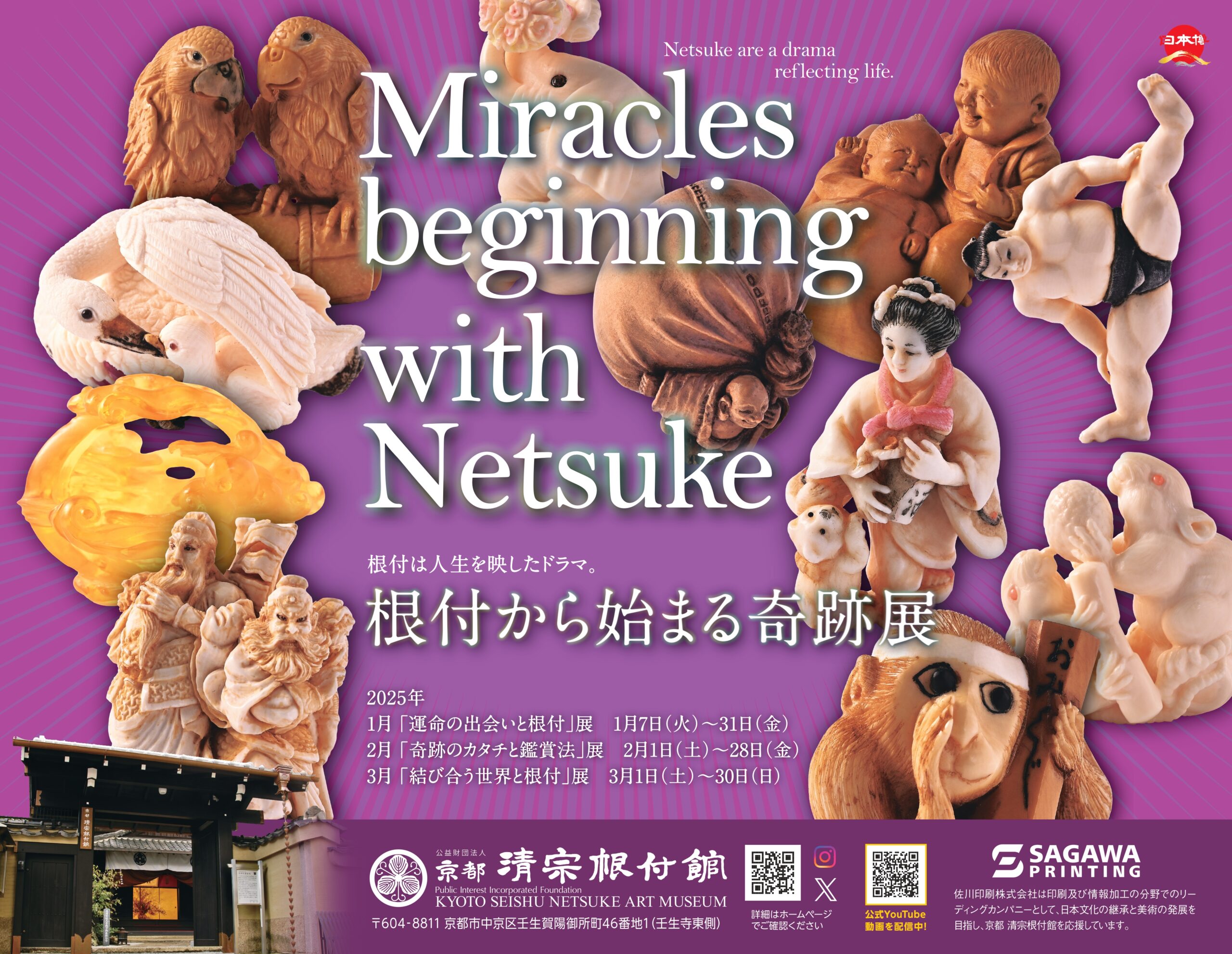
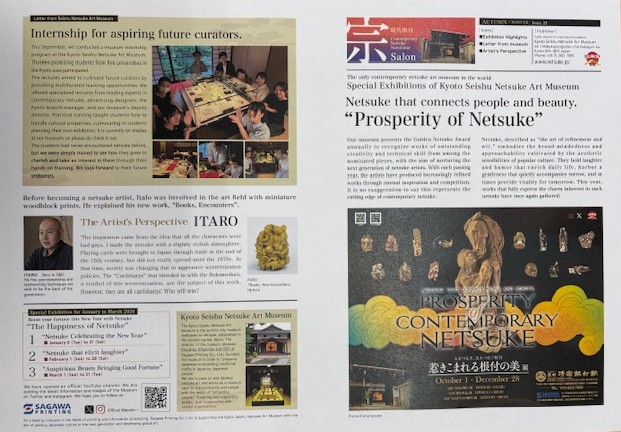

_page-0001.jpg)

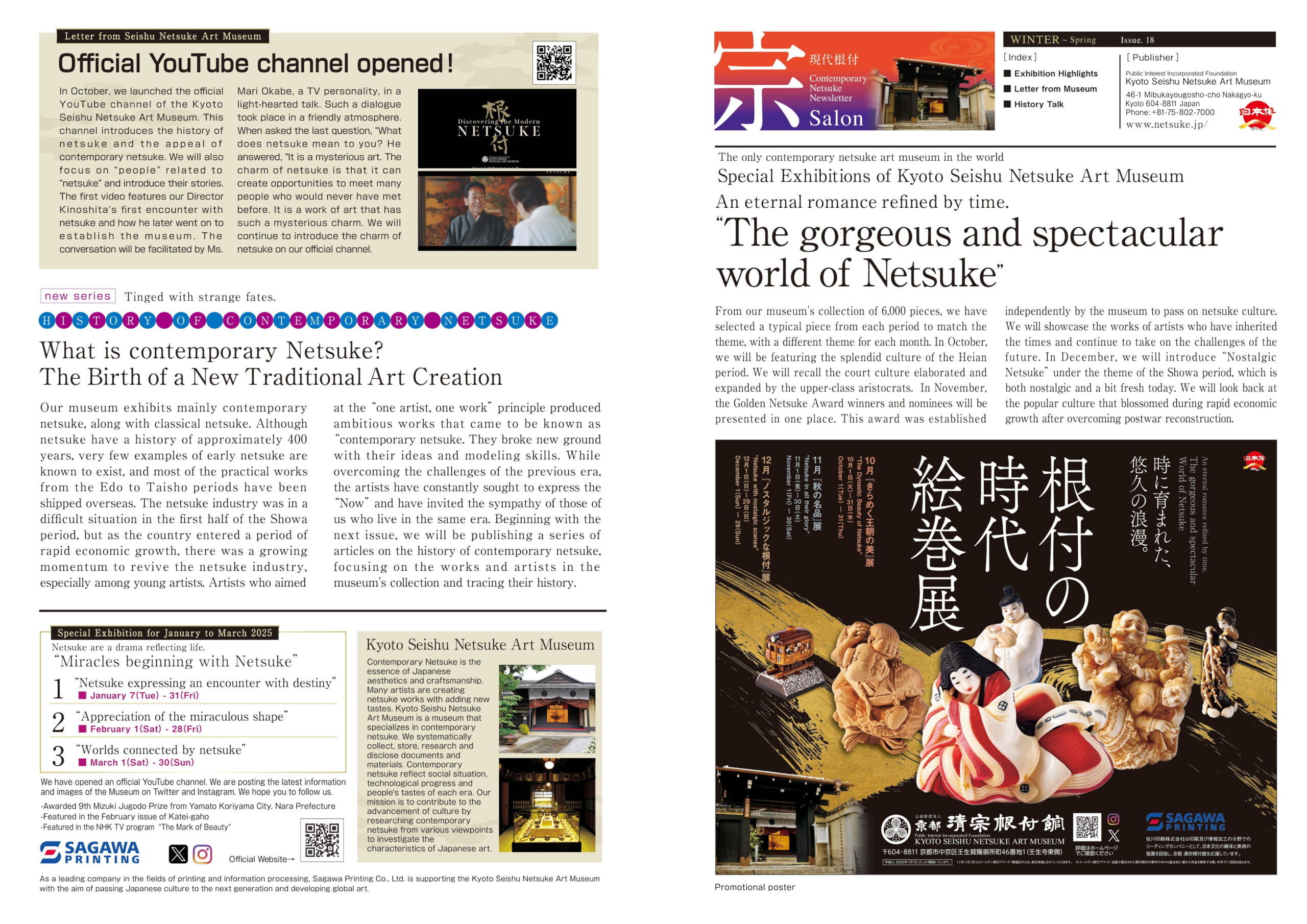
-1-scaled.jpg)
